Estimates are that up to half of a million plant species exist in the world today, only half of which have been identified and described. The only taxonomic groups thought to be substantially more diverse than land plants are fungi (1.5–5 million) and beetles (1.5 million).
The diversity of plant life is driven by adaptive changes that allow species to thrive in many different environments of the world. Plants have developed adaptations for different soil types, methods of pollination, daylight hours, temperature, altitude etc. All wild plant species are part of natural ecosystems which provide important services for humans.

Rain Bath

Spring in the Air / Proleće u vazduhu
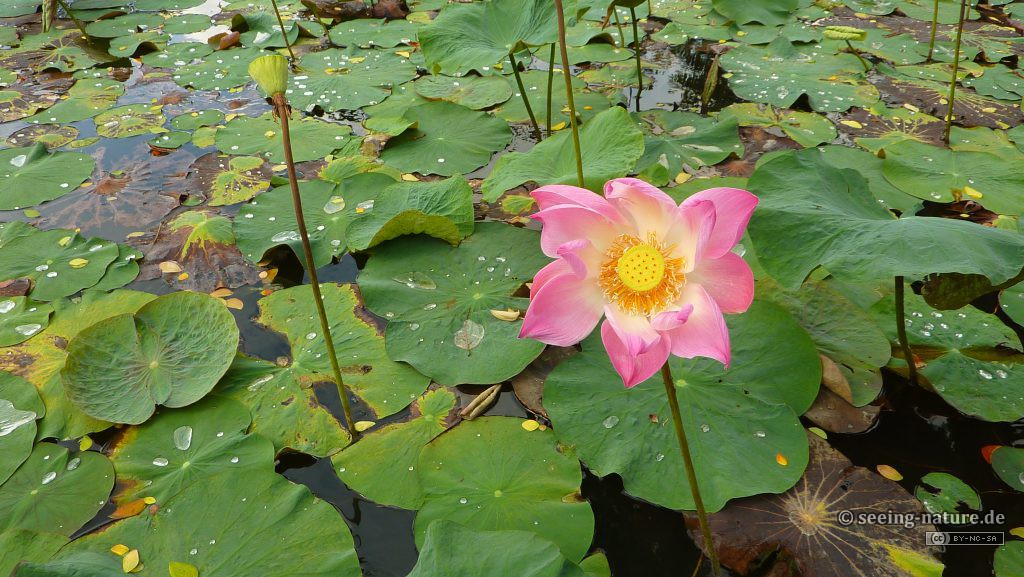
Hello There! / Hej, ti tamo!

Crystal Cover

Gentle Tubes

Cherry Spider / Trešnjin pauk

Fern Feathers

Look Up

Brush the Light

Green Hedgehog

Life Unfolds

Roller Coaster

Spring Bells

Tough Life / Težak život

Palm Guards

Standing Ovations

Footsteps

Play With Me

Ancient Trunks

New Life / Novi život

Forest Octopus

Pretty Loofah

Green Bubbles
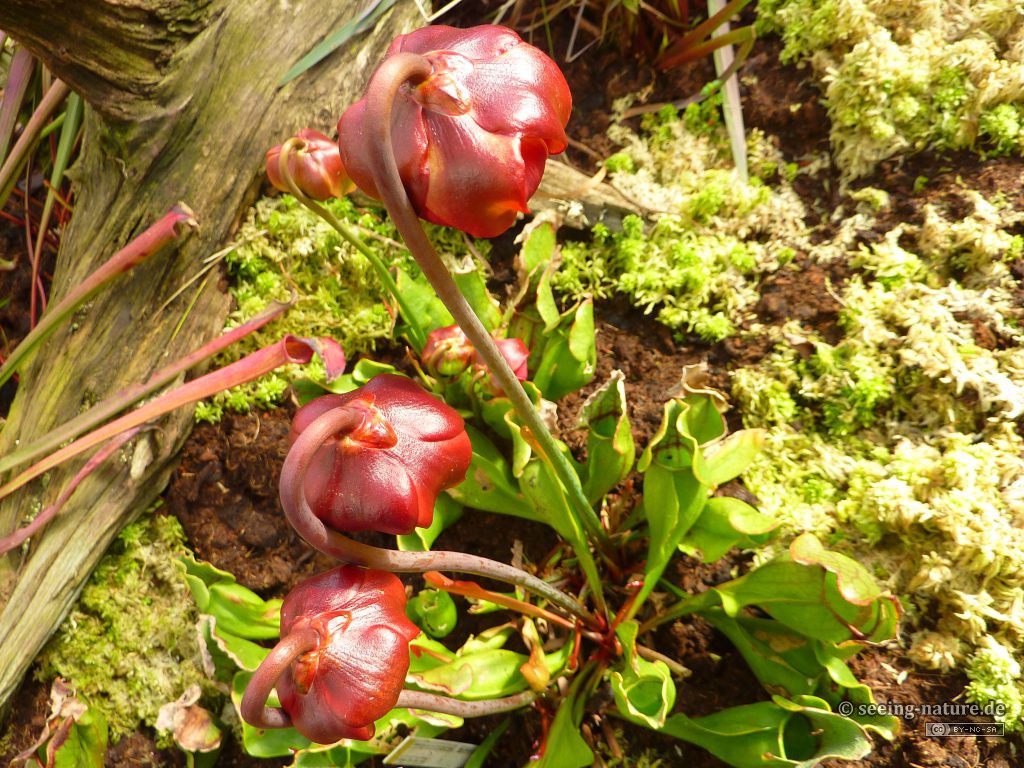
Line Up
-

Rain Bath
-
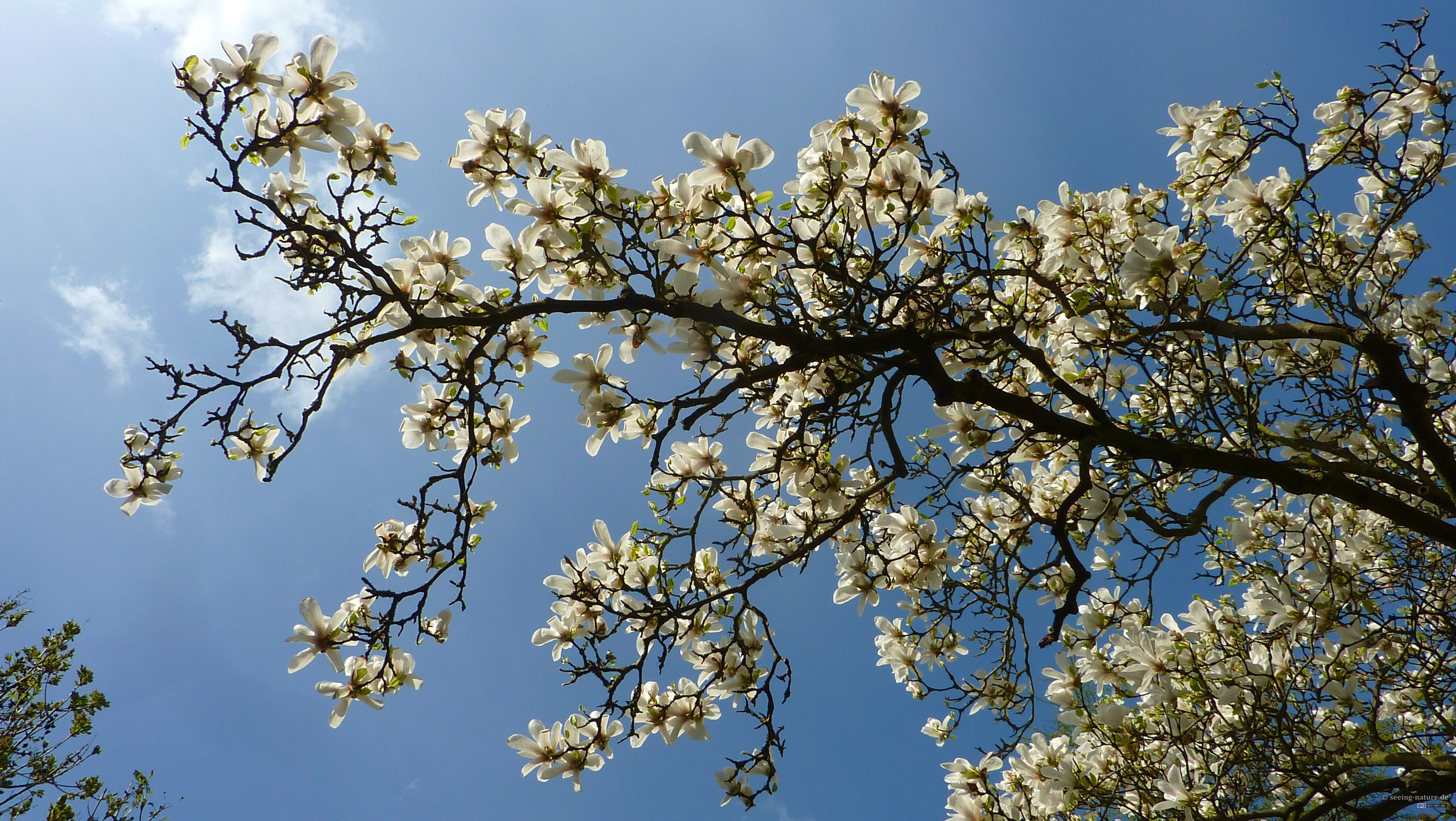
Spring in the Air / Proleće u vazduhu
🇬🇧 Botanical Garden Berlin, Germany.
Sometimes, the most beautiful sights are right above us, so remember to look up once in a while. I especially enjoy the sight of tree canopies from below, no matter the season. Stay tuned for more sights from the series “looking up”.
--------------------
🇷🇸 Proleće u vazduhu.
Botanička bašta u Berlinu, Nemačka.
Ponekad su najlepši prizori upravo iznad nas, stoga ne zaboravite da povremeno pogledate uvis. Meni je naročito lep pogled na krošnje odozdo, bez obzira koje je godišnje doba. Obratite pažnju na više prizora iz serije “pogled uvis”. -

Hello There! / Hej, ti tamo!
🇬🇧 Bali, Indonesia.
Pink-flowered Indian lotus, also known as the “rose of India”, is a sacred flower in Hinduism and Buddhism and commonly used in Asian cuisine. Together with American yellow-flowered lotus, it is one of only two living species of lotus in the world. As rarely any other species in the plant world, lotus flowers can generate heat – probably with the purpose of attracting pollinators.
You can immediately distinguish lotus from water lilies, by the fact flowers and leaves of lotuses are emergent above the water.
--------------------
🇷🇸 Hej, ti tamo!
Bali, Indonezija.
Indijski lotos (ili lotus) roze cvetova, poznat i kao “indijska ruža”, smatra se svetim u hinduizmu i budizmu i često se koristi u azijskom kulinarstvu. Pored američkog lotusa čiji su cvetovi žuti, jedan je od dve živuće vrste lotusa na svetu. Jedinstveno kod njegovih cvetova je što mogu da proizvode toplotu kako bi privukli oprašivače, što je svojstvo poznato kod samo malog broja biljaka.
Lotos možete odmah razlikovati od lokvanja po tome što im cvetovi i listovi rastu iznad vode.
Lat. Nelumbo nucifera -

Crystal Cover
-
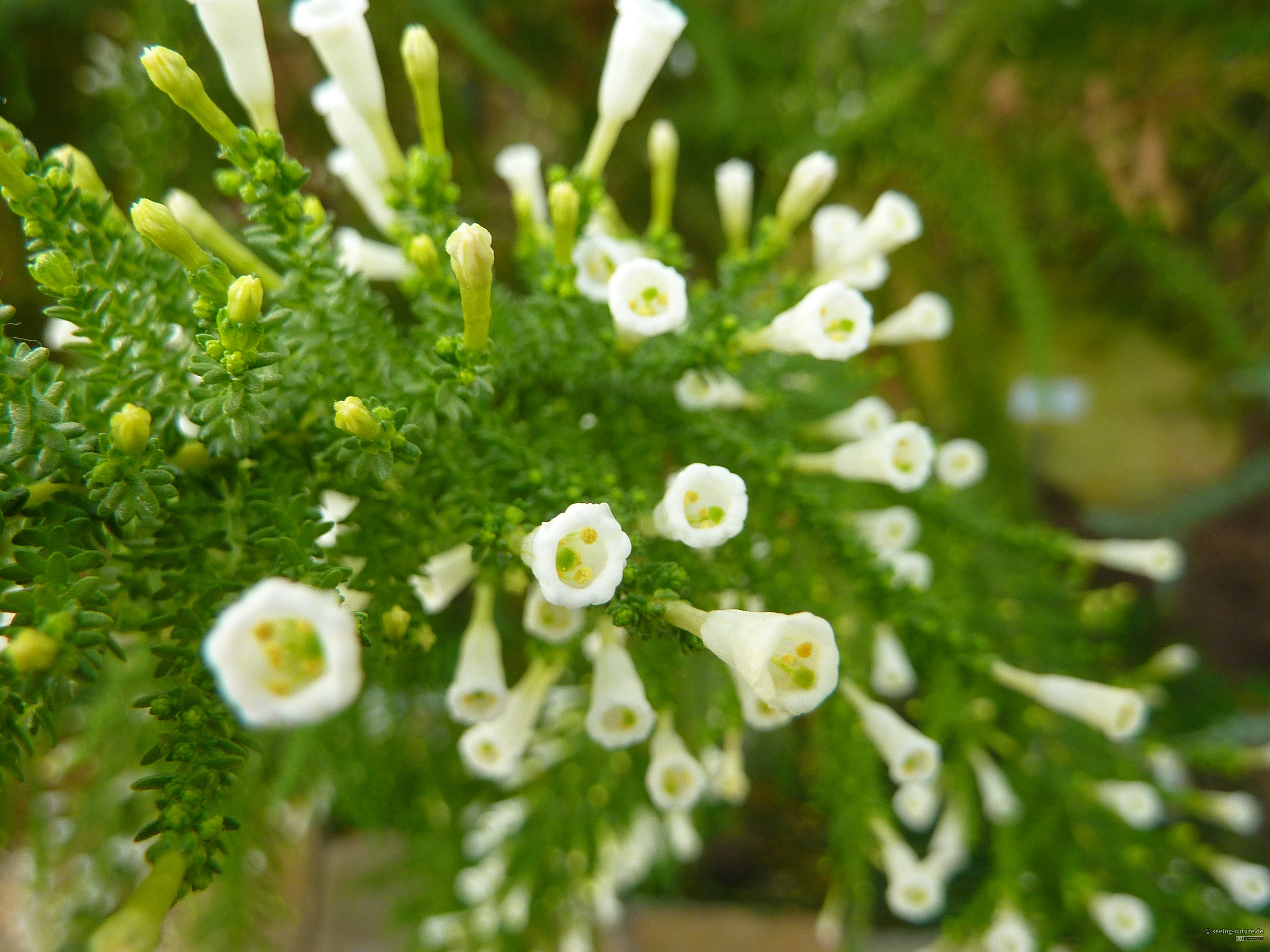
Gentle Tubes
-

Cherry Spider / Trešnjin pauk
🇬🇧 Berlin, Germany
From the series "Looking up"
--------------------
🇷🇸 Trešnjin pauk.
Berlin, Nemačka.
Iz serijala "Pogled uvis". -
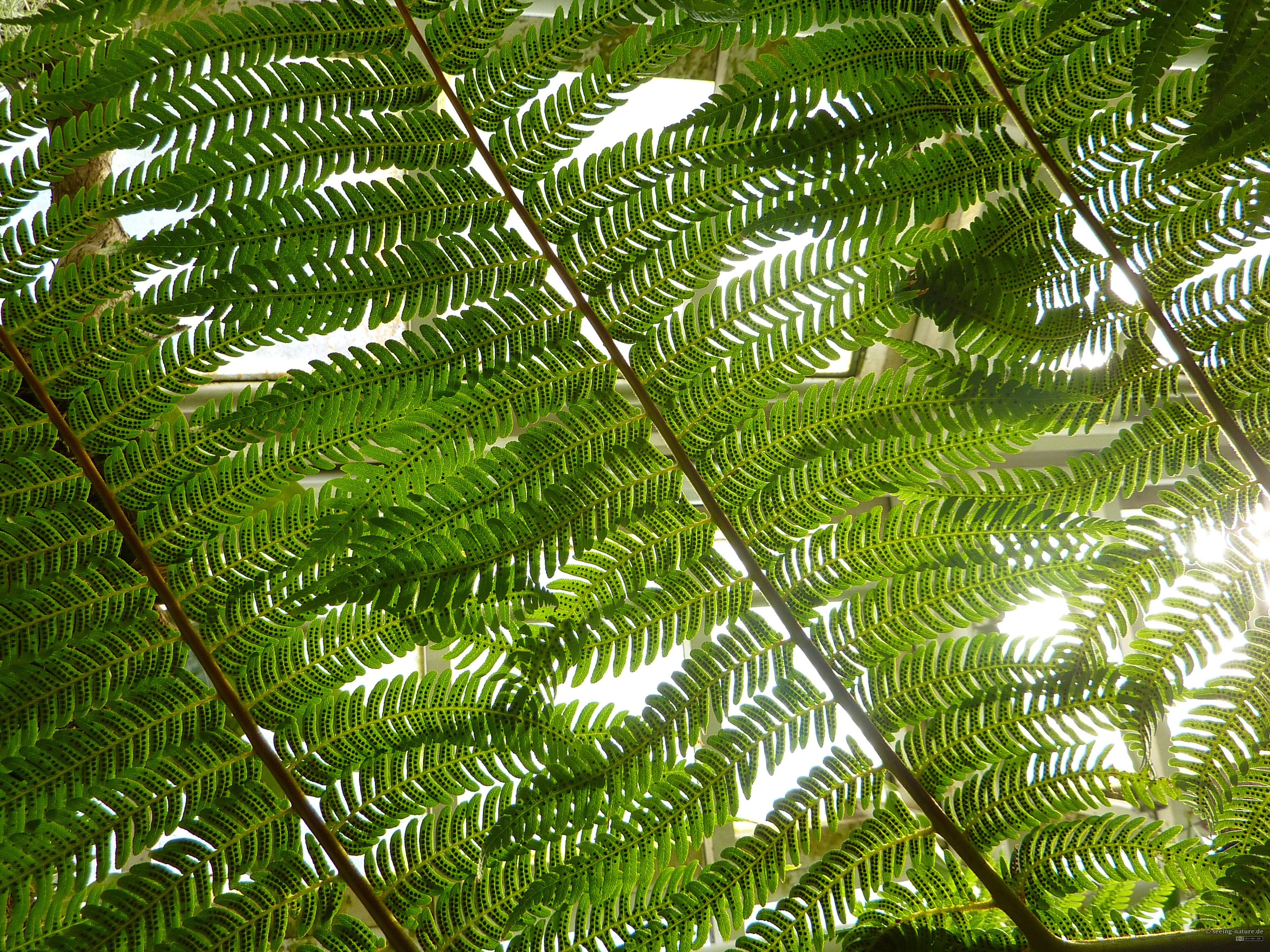
Fern Feathers
Fern leaves are called "fronds" and carry spores for reproduction on the underside, as the ones in this photo.
Some species have both fertile and sterile fronds that are different in structure and appearance. -

Look Up
Conifers are very well adapted to cold winters. They flourish in the cool mountainous environments, and make a dominant flora of large boreal areas on the Northern Hemisphere - the second largest biome in the world, after the oceans. -

Brush the Light
-

Green Hedgehog
-

Life Unfolds
Fern "fiddlehead" unrolls to form a new leaf.
Leaves of ferns are big and complex, and in botany referred to as fronds. -

Roller Coaster
-

Spring Bells
-

Tough Life / Težak život
🇬🇧 Wall ferns, like this maidenhair spleenwort, are common on old walls and in rocky habitats. You probably passed by some, without even noticing. Every time I spot a miniature fern like this, I feel happy to have found a little friend.
--------------------
🇷🇸 Težak život.
Zidne paprati, kao ova okrugla sleznica, uobičajeni su na starim zidovima i kamenitim staništima. Verovatno ste prošli pored nje i ne primetivši je. Svaki put kada uočim neku minijaturnu paprat poput ove, obradujem se kao da sam našla malog drugara.
Lat. Asplenium trichomanes -

Palm Guards
-

Standing Ovations
Plants are the basis for all terrestrial ecosystems. They provide the three-dimensional structure in which animals live and move, and the food on which a majority feed. -

Footsteps
-

Play With Me
-

Ancient Trunks
-

New Life / Novi život
🇬🇧 Kilauea National Park. The Big Island, Hawaii.
Hawaii Island, also known as the “Big Island”, is one of the most exciting places I’ve ever seen! Intriguing patterns of solidified lava flows, shimmering-black from basalt, stretch as far as the eye can see, sprinkled with flora fighting for its place under the sun.
The Big Island is the biggest and geologically the youngest in the chain of Hawaiian Islands and it's the only one to still ascend from the ocean floor. Of 5 volcanoes that build the island, 2 are still active – here, eruptions have actually been common in the last 30 years.
--------------------
🇷🇸 Novi život.
Nacionalni park Kilauea. Veliko havajsko ostrvo, Havaji.
Ostrvo Havaji, popularno zvano „Veliko ostrvo“ jedno je od najuzbudljivijih mesta koje sam imala sreću da posetim! Intrigantni tokovi očvrsle lave, crne kao ugalj i svetlucave od bazalta, protežu se dokle god oko seže, tu i tamo prošarani florom koja se bori za svoje mesto pod suncem.
Veliko ostrvo najveće je i geološki najmlađe u nizu Havajskih ostrva i jedino koje se još uvek izdiže iz mora. Od 5 vulkana koji ga čine, 2 još uvek aktivna - erupcije su ovde zapravo česta pojava u poslednjih 30tak godina. -

Forest Octopus
Conifers were among the first plants that evolved polen and seeds, 300 million years ago, which allowed them to be less dependent on water. They were the main food of plant-eating dinosaurs in Mesosoic, a geological era also known as "Age of Conifers" and "Age of Reptiles". -

Pretty Loofah
-

Green Bubbles
-

Line Up
Some plants embraced meat-eating (carnivorous) lifestyles. This allows them to survive in nutrient-poor soils, as they compensate for the lack of nitrogen in soil by catching and ingesting insect prey.
Interestingly, it is thought that plants in different groups independently evolved various carnivorous adaptations, even nine times in the evolutionary history.